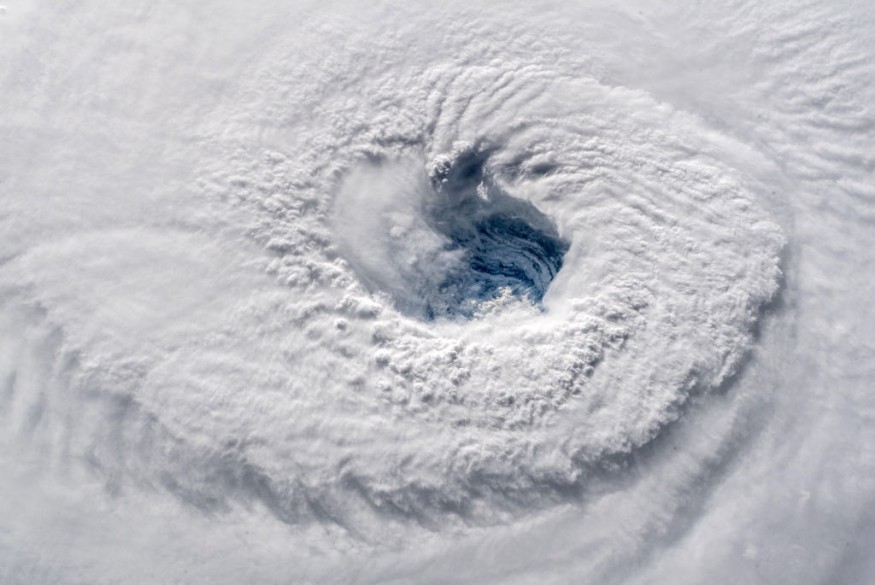According to a recent analysis, the Gulf Stream, one of Earth's main climate-regulating ocean currents, is flowing slower than it has in thousands of years. The global change caused by humans is largely to blame.

Gulf Stream Nearing Tipping Point
The researchers discovered that this "unprecedented" slowdown could affect weather conditions and sea levels on both sides of the Atlantic. And if climate change persists unabated, it only seems to get worse in the coming decades. Indeed, according to lead study author Levke Caesar, a climatologist at Maynooth University in Ireland, if global warming continues at its current pace, the Gulf Stream could reach a crucial "tipping point" by the year 2100 possibly bringing the current to a halt regardless of the atmosphere.
This disturbance may increase sea levels along the coasts of North America and western Europe and more severe weather, including heat waves and cyclones.
"Even though we try to avoid global warming, if the Gulf Stream reaches its tipping point, it will begin to decline," Caesar told Live Science. "After that, it will slow down significantly, approaching a full shutdown of circulation."
Related Article: Atlantic Ocean Weakest Drop: Is it Too Late to Save 'Achilles Heel' of Climate Change?
What is AMOC?

According to study co-author Stefan Rahmstorf, a researcher at the Potsdam Institute for Climate Impact Studies (PIK) in Germany, the Gulf Stream (also known as the Atlantic Meridional Overturning Circulation, or AMOC) is basically a "giant conveyor belt" along the East coast of the United States.
The current starts along the Florida Peninsula and carries warm surface water north to Newfoundland before meandering east into the Atlantic. As warm surface water enters the North Atlantic, it becomes colder, saltier, and denser, sinking into the deep sea until being drawn south again, where the cycle repeats. The present pushes more than 5.2 billion gallons (20 million cubic meters) of water per second, or "nearly 100 times the Amazon [River] flow," according to Rahmstorf.
On both sides of the Atlantic, this wet conveyor belt has various climate effects, including maintaining temperatures mild in Florida and the United Kingdom, affecting the course and intensity of cyclones, and assisting in regulating sea levels. Scientists have noticed a disturbing trend since direct observations started in 2004: AMOC currents are becoming slower and weaker.
Gulf Stream Researchers' Scary Prediction
The researchers attempted to stretch the history of the AMOC's flow by almost 2,000 years in their latest analysis, published on Feb. 25 in the journal Nature Geoscience. Since there are no precise observations of the flow before the last two decades, the researchers used proxy data: records from environmental archives such as tree rings and ice cores that can help place the AMOC in context over time.
Annual runoff rises due to global warming, and ice caps, such as the Greenland Ice Cap in the North Atlantic, melt faster. These causes dump increasing volumes of freshwater into the ocean, lowering the surface water's depth and salinity at the Gulf Stream conveyor belt's northern end. According to the researchers, the freshwater slows the water's ability to sink and resume its path south, weakening the AMOC's total movement.
At the present pace of climate change, the researchers concluded that the Gulf Stream's flow could weaken by another 45 percent by 2100, bringing the current situation dangerously close to a critical tipping point. The consequences may be serious if the flow begins to deteriorate (or even collapse).
For the recent climate and weather updates, don't forget to follow Nature World News!
© 2025 NatureWorldNews.com All rights reserved. Do not reproduce without permission.





